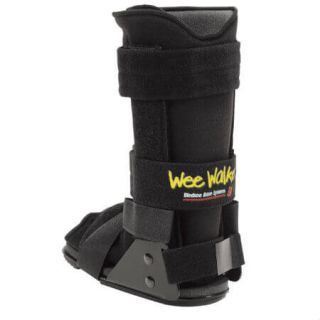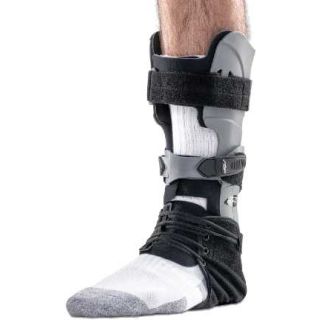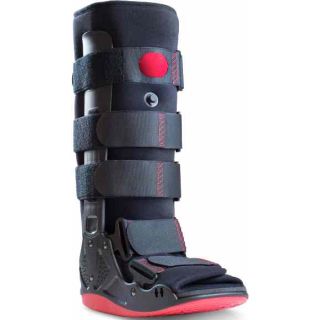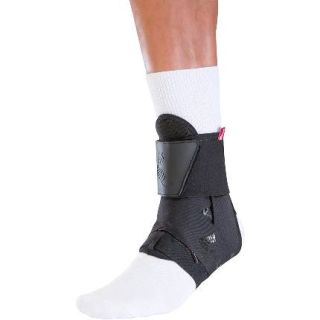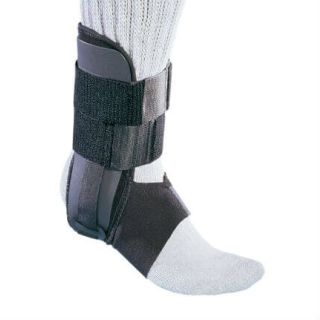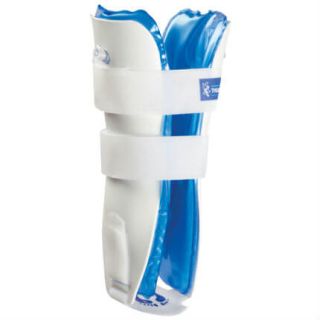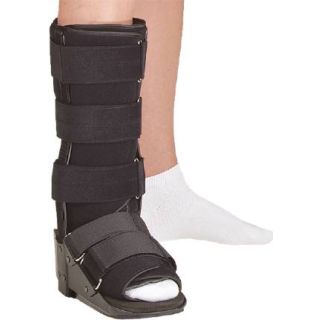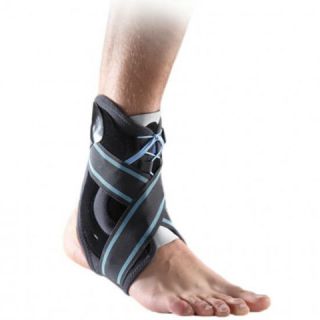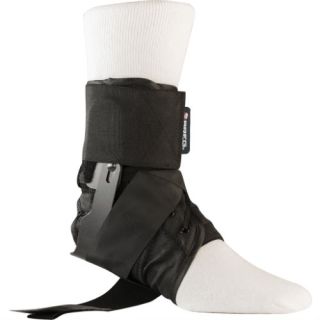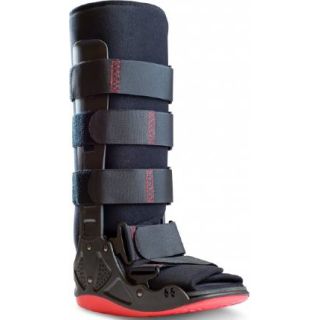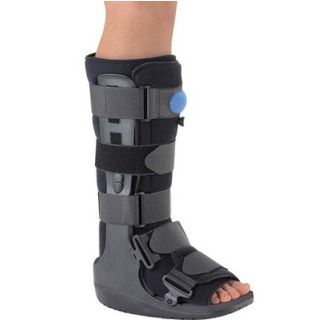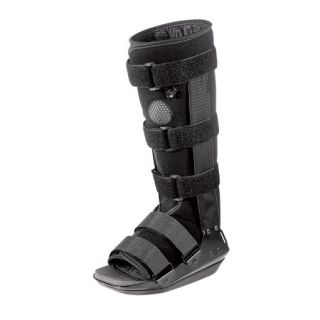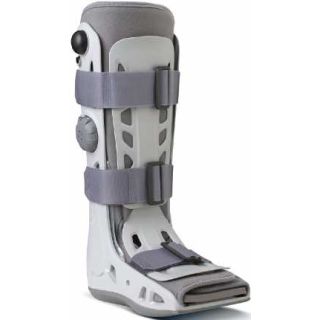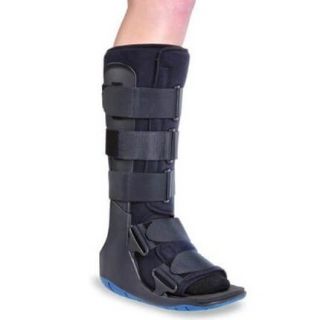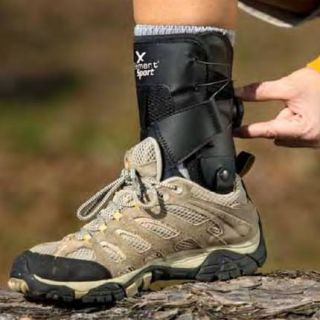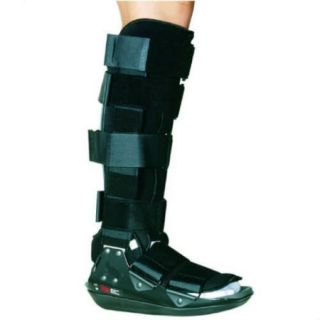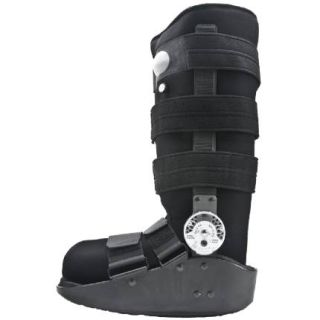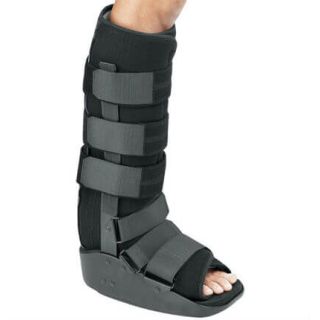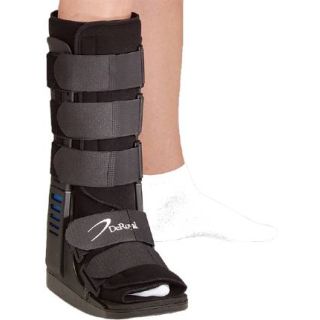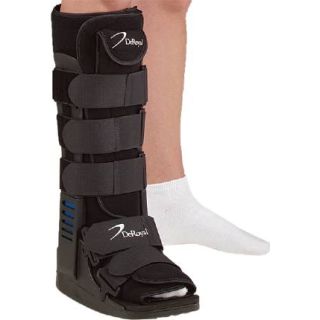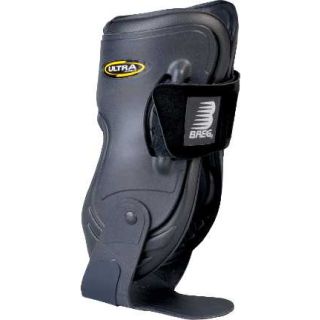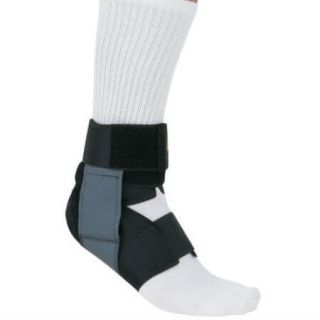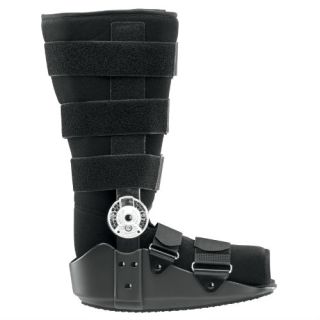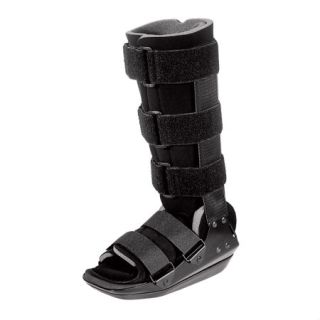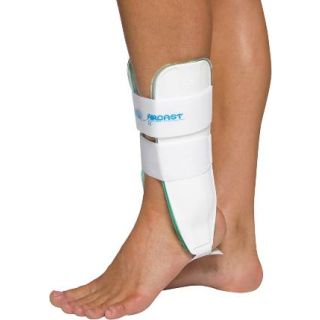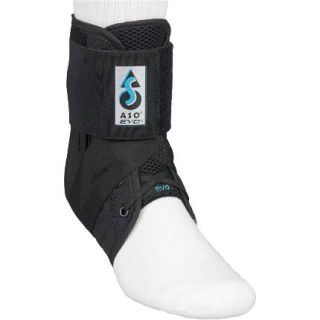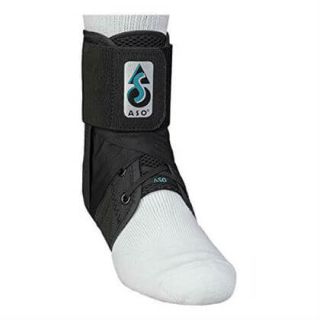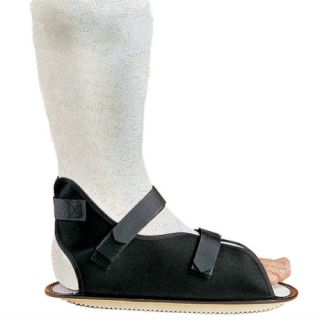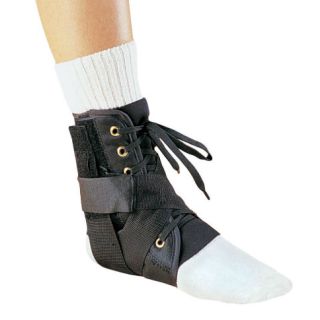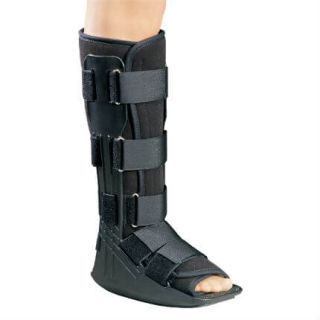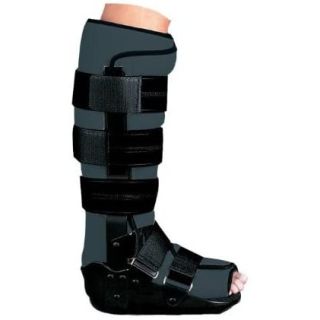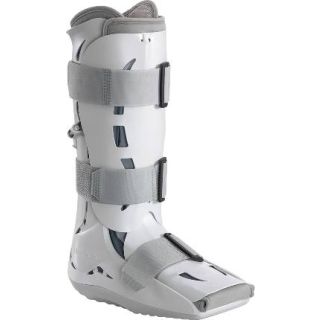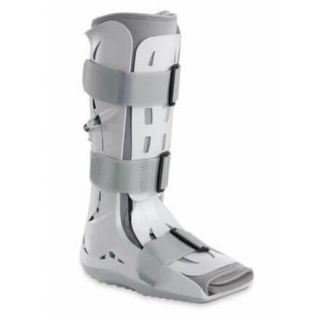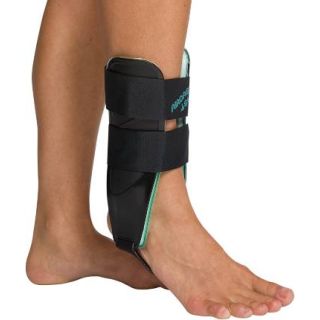Broken or Fractured Ankle
March 21, 2025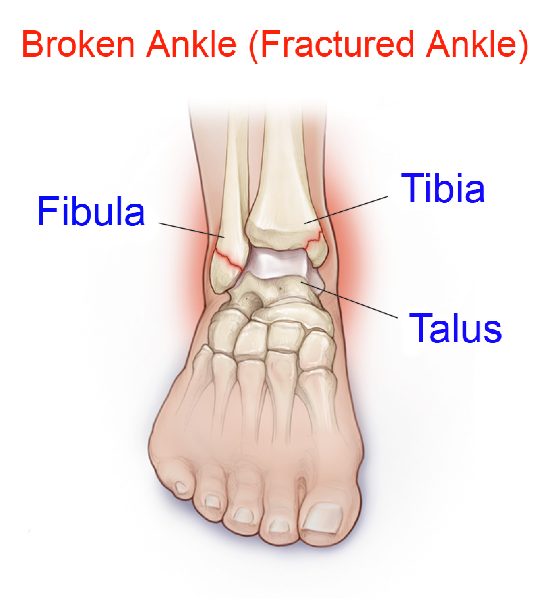
A broken ankle or fractured ankle is a prevalent injury that can drastically affect a person’s mobility and everyday routine. These terms—broken ankle and fractured ankle—are often used interchangeably to describe a condition where one or more bones in the ankle joint are cracked, shattered, or otherwise compromised.
The ankle joint itself is a sophisticated structure made up of three primary bones: the tibia (shinbone), the fibula (the thinner lower leg bone), and the talus (a small bone nestled between the heel and the tibia and fibula). Ligaments and soft tissues further stabilize this joint, and damage to these components frequently accompanies a broken or fractured ankle.
The severity of this injury can vary widely, from a minor hairline fracture to a devastating break necessitating surgical repair, depending on the force involved, the injury’s angle, and the individual’s bone strength.
Causes of a Broken or Fractured Ankle
Broken ankles and fractured ankles typically stem from trauma or excessive strain on the joint. A common culprit is a twisting motion, such as rolling the ankle while navigating uneven ground during a walk or run. This is particularly frequent among athletes in high-impact sports like basketball, soccer, or gymnastics.
Falls from heights—perhaps slipping off a ladder or tumbling down stairs—can also result in a broken or fractured ankle. Car accidents, where the foot is violently trapped or twisted, represent another major cause. In older adults, weakened bones from osteoporosis can turn even a slight misstep into a fracture.
Additionally, a direct impact, such as a heavy object striking the ankle, can lead to either a broken tibia, fibula, talus, or fractured ankle.
Broken or Fractured Ankle Symptoms and Diagnosis
The signs of a broken ankle or fractured ankle are usually immediate and pronounced. Severe pain and swelling at the injury site is the hallmark symptom, often paired with bruising as blood vessels and tissues respond to the damage. The foot and ankle might look misshapen if the ankle bones are out of alignment, and putting weight on the affected leg is typically unbearable.
Some people report hearing a distinct snap or crack at the moment of injury, a stark clue of a broken bone. In extreme cases, the bone may break through the skin, resulting in an open fracture that heightens infection risk.
To diagnose a broken or fractured ankle, healthcare providers combine physical exams with imaging techniques. A doctor will check for tenderness, swelling, and deformity while inquiring about how the injury occurred. X-rays are the primary tool for confirmation, showing the fracture’s location and severity. For more intricate cases, a CT scan or MRI might be used to assess damage to ligaments, cartilage, or tiny bone fragments that X-rays could overlook.
Types of Ankle Fractures
Broken ankles and fractured ankles come in various forms, classified by which bones are involved and the nature of the break. A lateral malleolus fracture affects only the fibula and is the most common, often caused by a simple twist. A medial malleolus fracture targets the inner tibia.
Bimalleolar fractures, impacting both the tibia and fibula, are more serious and usually unstable, disrupting the ankle joint’s alignment.
Trimalleolar fractures, the most severe, involve breaks in the lateral malleolus, medial malleolus, and posterior malleolus (the tibia’s rear section). Stress fractures—small cracks from repeated stress rather than a single blow—also fall under this umbrella, proving subtler yet still disruptive.
Broken or Fractured Ankle Treatment Options
Treatment for a broken ankle or fractured ankle hinges on the injury’s severity and stability. For minor, stable fractures where bones stay aligned, immobilization often suffices. This might involve a cast or walking boot worn for 6 to 8 weeks to let the broken or fractured ankle heal naturally. Pain relief via over-the-counter drugs like acetaminophen (Tylenol) or prescribed medications may be advised, alongside elevating the ankle to curb swelling.
For unstable or displaced fractures, where bones shift out of place, these require surgery. Orthopedic surgeons may employ plates, screws, or pins in a procedure called open reduction and internal fixation (ORIF) to stabilize a broken or fractured ankle. In cases of extensive shattering, external fixation—using pins connected to an outside frame might be used for the injury to heal properly.
Post-surgery, a cast or brace remains standard, and recovery can stretch over months. In all cases, avoiding weight-bearing early on is vital, often requiring crutches or a wheelchair.
Fractured or Broken Ankle Recovery and Rehabilitation
Healing a broken ankle or fractured ankle is just the beginning; restoring full function is the broader goal. Once the bone starts mending—typically after 6 to 12 weeks, depending on the fracture’s complexity—physical therapy becomes critical.
Therapy aims to rebuild strength, flexibility, and motion in the ankle, starting with gentle exercises like foot rotations and advancing to slowly putting weight on your ankle with supported walking. Swelling and stiffness may linger for months, demanding patience. Some individuals face lasting effects like arthritis or chronic pain, especially if joint cartilage was harmed.
Recovery timelines differ. A straightforward broken or fractured ankle might heal enough for normal activity in 3 to 4 months, while a trimalleolar fracture could take 6 months or longer. Age, health, and compliance with treatment influence outcomes—smokers, for example, often heal slower due to impaired blood flow.
Complications
Though most broken ankles and fractured ankles heal well, complications can occur. Open fractures or surgical sites risk infection. Malunion—bones healing misaligned—can alter gait or stability. Nonunion, where the bone doesn’t heal fully, may necessitate further surgery.
Nerve or vascular damage during the injury might cause numbness or circulation problems. Over time, post-traumatic arthritis may emerge, particularly with severe fractures.
Prevention Tips
Preventing a broken or fractured ankle involves reducing risks. Supportive, grippy shoes can lessen the chance of twists or falls, especially on rough surfaces. Athletes benefit from warm-ups and ankle-strengthening exercises.
At home, clearing hazards like loose rugs and adding stair handrails protect vulnerable people, such as seniors. A diet rich in calcium and vitamin D, plus regular exercise, bolsters bone health, crucial for those prone to osteoporosis.
Living with a Broken or Fractured Ankle
The initial phase of a broken ankle or fractured ankle can be exasperating. Everyday tasks like standing or cooking turn into obstacles. Emotional strain often accompanies the physical, as reliance on others and lost autonomy weigh heavily.
Support from loved ones or tools like knee scooters can ease the burden. Staying optimistic, setting incremental goals, and adhering to medical advice help smooth the journey.
In summary, a broken ankle or fractured ankle is more than a fleeting setback—it’s a complex injury requiring thorough care from start to finish. Whether sparked by a stumble or a major mishap, it affects physical, practical, and emotional well-being. With proper treatment and rehab, most regain full function, but the ordeal highlights the value of resilience and prevention. Understanding its intricacies empowers individuals to tackle its challenges and recover stronger.
Below is our curated selection of braces designed to support and protect your recovery from a broken ankle ankle (ankle fracture). We have an extensive selection of professional ankle braces to help support and protect your ankle from different types of injuries. If your fracture has healed, and you now just need the best ankle brace (ankle support) after a broken ankle to return to daily activity or sports, then we have that too!
Related Products

Medi Levamed Stabili-Tri Ankle Brace
Product Price
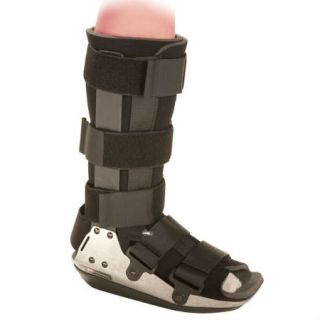
Breg J Walker Walking Boot
Product Price

Breg Ultra CTS Ankle Brace
Product Price
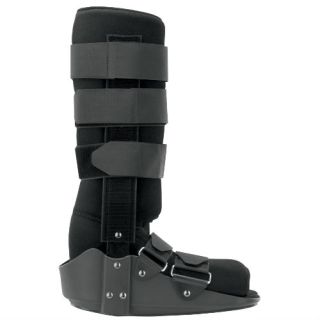
Breg Fixed Ankle Walker Tall
Product Price
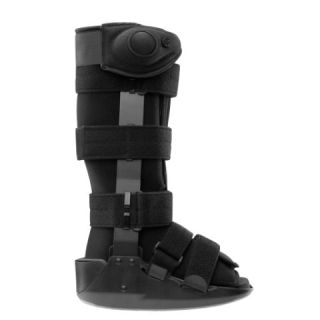
Breg Vectra Premium Air Tall Walker
Product Price
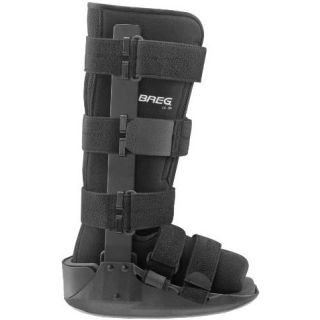
Breg Vectra Premium Tall Walker
Product Price
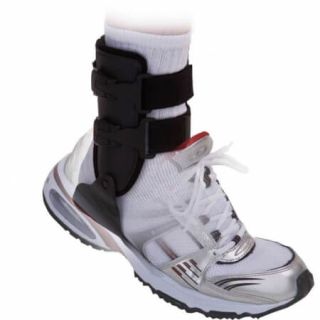
Breg/Bledsoe Axiom Ankle Brace
Product Price
